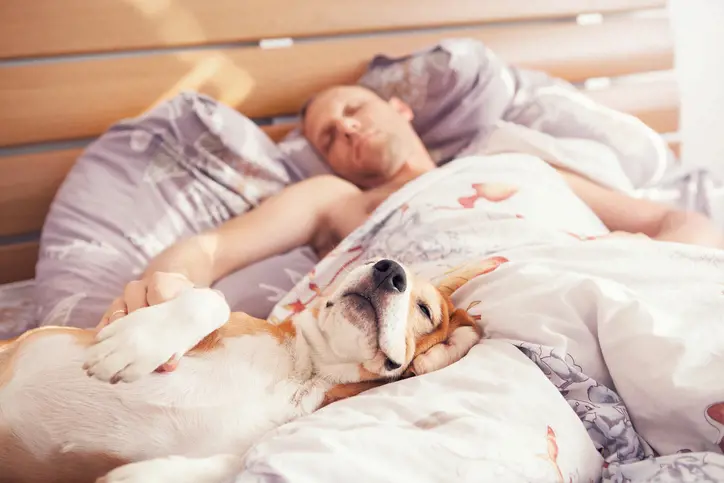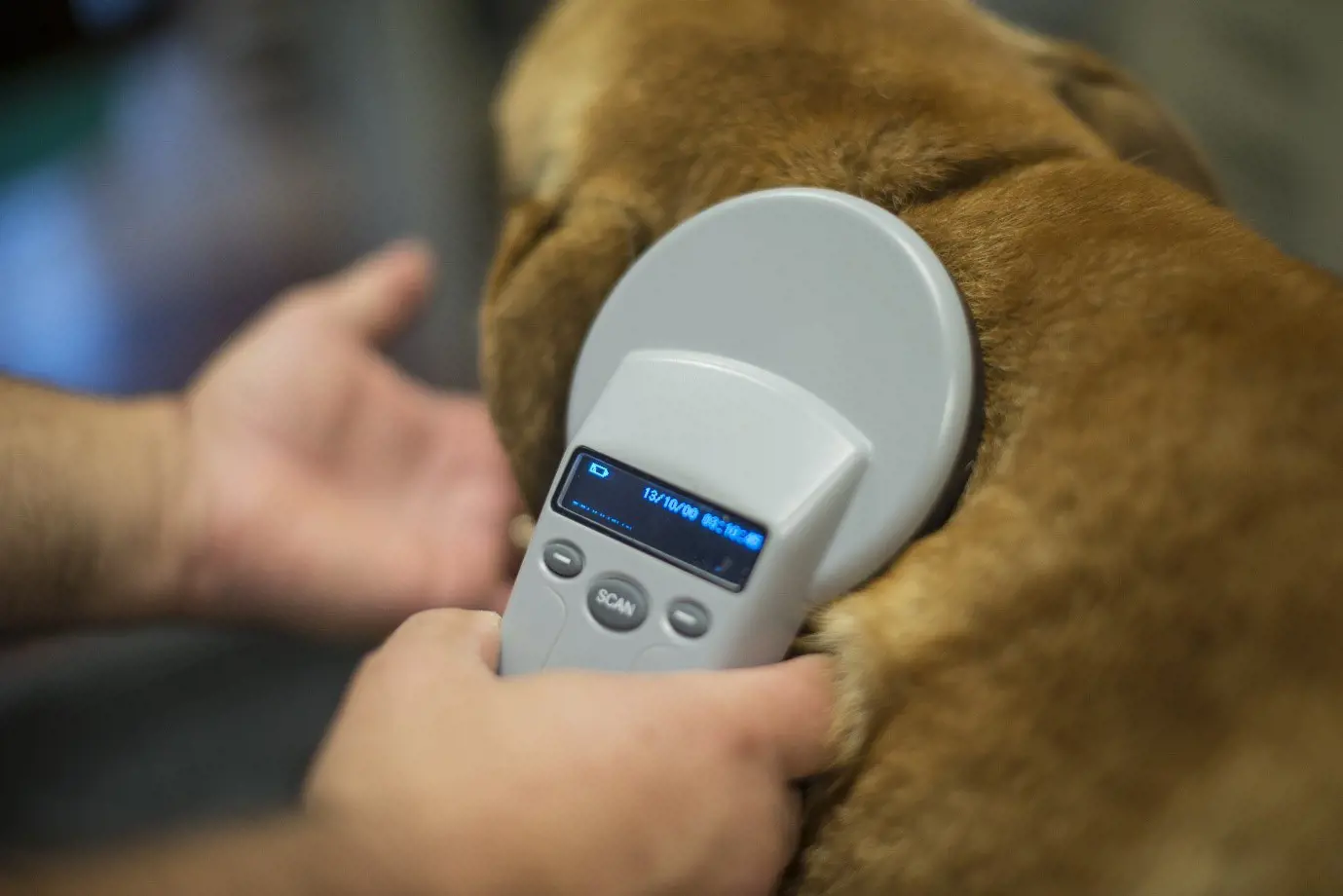What do cats see?
13th November, 2020
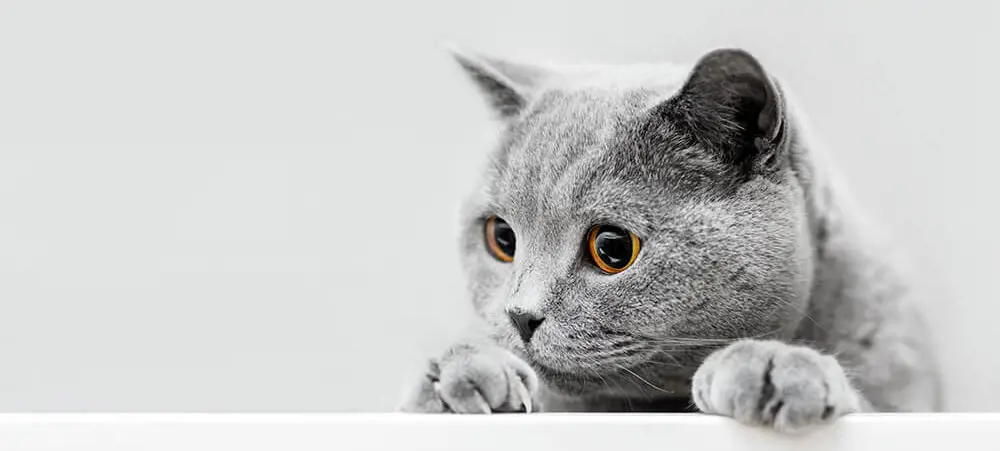
Any self-respecting cat lover will often find themselves gazing adoringly into their favourite feline’s eyes. Beautiful and mysterious it’s easy to see why so many owners want to protect their beloved animal’s eyes with insurance for your pet.
But have you ever wondered what it would be like to experience the world with cat vision? Find out everything you need to know about cats eyes and common problems to look out for with our handy guide.
How are cats’ eyes different from ours?
You won’t be surprised to hear the structure of your cat’s eyes is quite different to your own. The biggest difference is in the retina.
This is a layer of tissue at the back of the eye containing cells called photoreceptors. These cells convert light rays into electrical signals, which are then processed by nerve cells, sent to the brain, and form the images we see.
There are two types of photoreceptors. Rods are responsible for peripheral vision and night vision. They detect brightness and shades of grey. Whereas cones are responsible for day vision and colour perception.
Cats (like their canine counterparts) have a lot more rod receptors than cone receptors. We have the opposite, which is why we can't see as well at night but can detect colours better.
Cats also have a reflective layer (the tapetum) that reflects light back to the retina. This layer of tissue acts like a mirror and bounces light back to the photoreceptors, thereby allowing the retina to receive more than 50% of the available light. This is also why cats’ eyes seem to glow when they’re caught in your car headlights.
In addition, a cat’s visual field is broader than ours, with better peripheral vision, spanning roughly 200 degrees instead of 180 degrees – although that’s nothing compared to a dog’s visual field of 240 degrees.
Cats are also much better at picking up subtle movements or changes in light. Perfect for noticing the slight movements of a small furry creature searching for food in the undergrowth.
However, we shouldn’t feel inadequate. While a cat’s night vision is much better than ours, they’re near-sighted, which means they can’t focus as well on distant objects. Indeed, humans can be five times further away from an object than a cat and see it in as good detail.
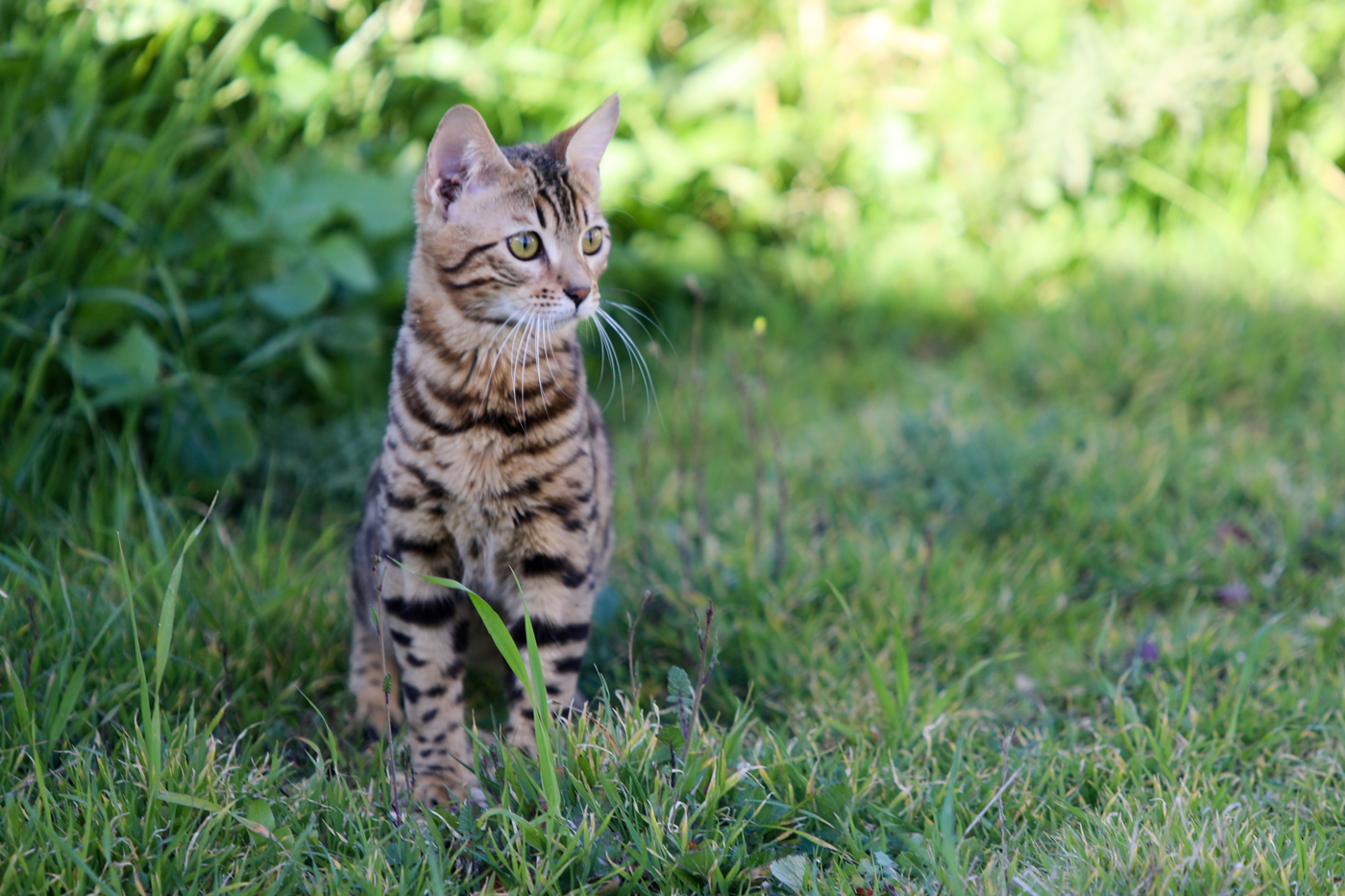
How cats see the world
In 2013, artist Nickolay Lamm worked with vets and ophthalmologists to develop a picture of what the world might look like through a cat’s eyes. Along with the wider field of vision and the blurrier picture for distant objects, the most remarkable difference from human vision is in the vibrancy of colour.
It’s a myth cats can't see any colours, but only shades of grey. While this isn’t true, they don’t experience the same colour spectrum as we do.
Humans are known as trichromats, meaning we have three kinds of cones in human eyes, allowing us to see red, green, and blue.
While cats are also trichromats in colour perception, they aren’t in the same way as humans. The colour perception of a cat is comparable to a colour-blind human.
They see mostly in shades of blue and green, but reds and pinks appear to get confused. These colours may appear more green, while purple can look like just another shade of blue.
Additionally, cats don't see the same richness of hues and saturation of colours that we can. They see in more muted pastel shades rather than with the vibrancy we experience.
Can cats really see in the dark?
Owing to the amount of night-time activity cat owners witness from their furry night owls, it’s a common belief that cats are nocturnal.
But is this true? And does this mean they’ve got their own ever-ready set of built-in night vision goggles?
Despite the evidence of little gifts left for us in the morning, cats are in fact crepuscular. This means they are at their most active around dawn and dusk. So, while cats can’t actually see in the absolute dark, they are much better than us in seeing in very low light environments.
Indeed, they only need one sixth of the amount of light that we humans need in order to see properly.
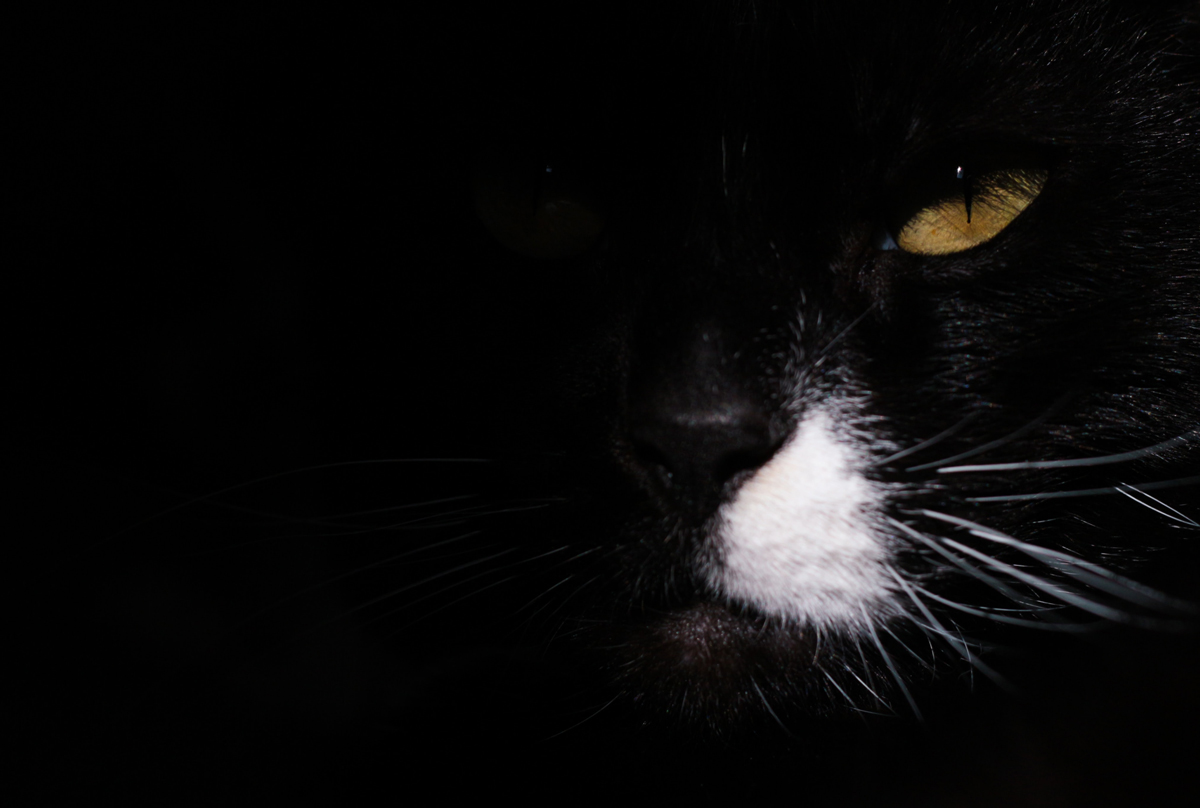
Common eye problems and treatments
Pawing at their eyes, repeated blinking and squinting are all common indications that something isn’t right with your puss.
Problems with your cat’s eyes are unpleasant for both you and them and can be caused by a whole range of things. From a little cold to a serious illness acting early is always in the best interests of your feline friend.
Feline eyes can easily turn from bright and clear to painful and sticky. If you notice a change in your cat’s eyes, then seeing your veterinary practitioner as soon as possible is very important.
Pet insurance means you can do this safe in the knowledge you won’t receive a nasty financial shock.
Respiratory infection
Viruses and bacteria can easily lead to upper respiratory infections and diseases in felines. Untreated, these can develop into a very serious threat to health. Always watch out for a sticky, pus-like eye discharge.
How these are treated depends on the cause of the infection and how serious the condition has now become.
Complications can soon develop from untreated infections. Your vet could prescribe topical eye medications, antibiotics, decongestants and fluids or a combination of these to try to solve your cat’s eye issues.
Conjunctivitis
Similar to that suffered by humans, conjunctivitis is an inflammation of the lining around the cat’s eye.
If your cat is suffering from this, they might have red and swollen eyes, be sensitive to bright light and have a clear eye discharge.
Conjunctivitis has a few different causes including bacterial infection, viruses and allergens including pollen and dust.
Treatment usually involves the application of a steroidal cream and, if it’s a bacterial infection, then antibiotics.
Be warned, if conjunctivitis is combined with a fever, diarrhoea or trouble breathing then see a vet immediately. Your cat could have the uncommon but potentially fatal feline infectious peritonitis.
Unfortunately, this is a lethal disease with currently no effective long-term treatment.
Corneal disorders
Cloudiness, excessive blinking, increased tear production and inflammation can all result from the cornea becoming injured or inflamed.
Again, treatment will depend on the root cause of the problem. Treatment can include cleaning the eyes gently with warm water and cotton wool, antibiotic eye drops, removal of corneal tissue, cauterization or even surgery.
Having pet insurance in place before these conditions arise means you can be confident your cat will get the treatment they need.
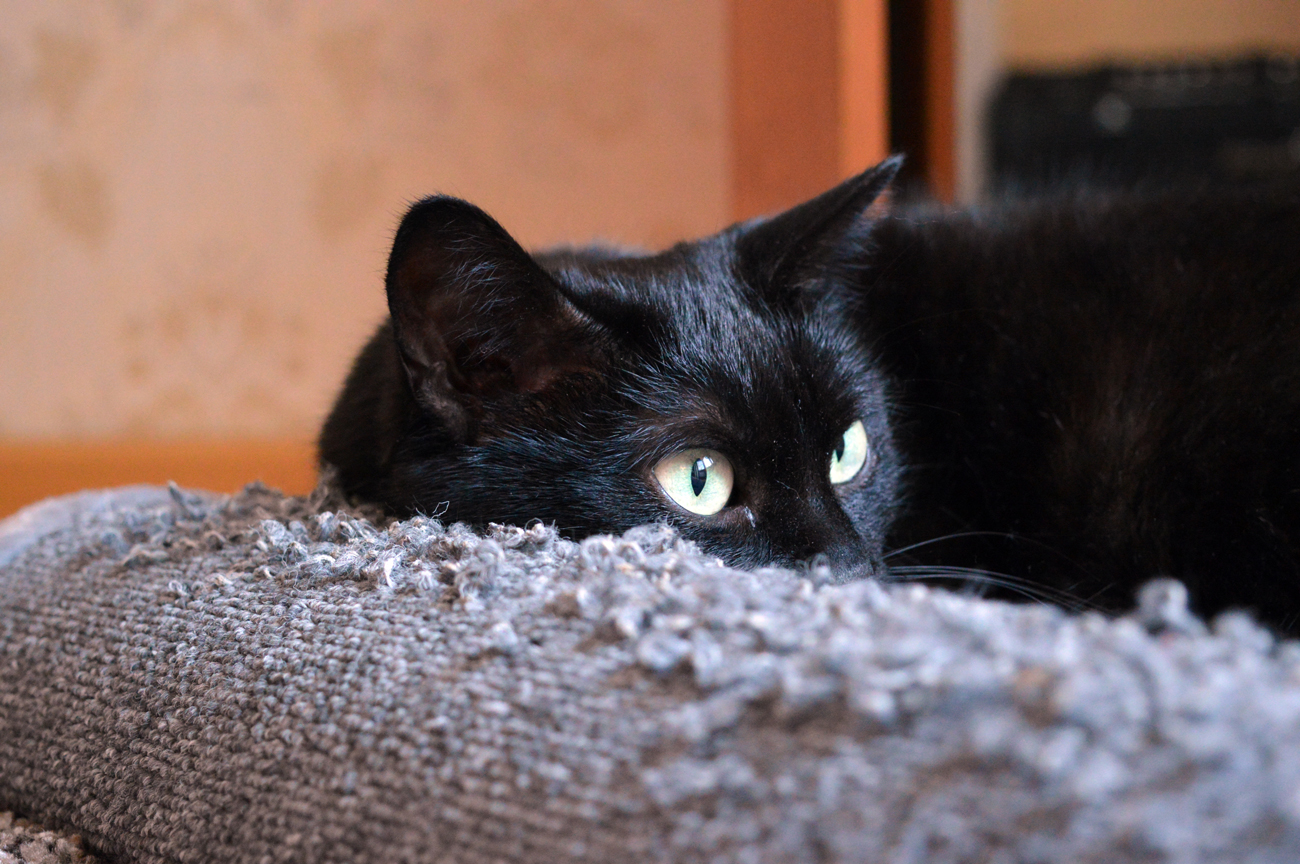
Uveitis
This form of eye inflammation can affect the middle layer of tissue in the eye wall (uvea). Warning signs of this condition can come on suddenly and get worse quickly.
They include redness and pain and, if left untreated, can even lead to blindness.
Causes include damage to the eye, bacterial infection, auto-immune diseases, infectious diseases like Feline Leukemia Virus or Feline Immunodeficiency Virus, parasitic diseases such as Toxoplasmosis, or cancer.
With such a range of possible causes, it’s often difficult to diagnose the exact trigger of uveitis and the most effective treatment.
If you have adequate pet insurance in place then you can be covered for the sometimes quite lengthy course of diagnosis and treatment that’s involved with this condition.
Keratoconjunctivitis sicca (dry eye)
If your cat doesn’t produce tears correctly, then this will eventually lead to dry eyes and inflamed corneas. If the condition remains untreated, your cat can even go blind.
As well as the dryness you might also notice a yellow, gooey eye discharge rather than normal tears coming out of the tear ducts. Treatments could include eye drops, antibiotics or immune-suppressing drugs.
Glaucoma
If fluid doesn’t drain correctly from the eyeball then it can cause pressure to build up. As well as excessive tearing, redness, cloudiness and dilated pupils, you might also notice the eye bulging due to the increased pressure.
Cats displaying signs of glaucoma need to be seen by a veterinary professional as a matter of urgency. To minimize potential damage, it’s important to decrease the pressure within the eye.
Treatment may involve a combination of surgery and medications to reduce eye pressures, preserve the cat's vision, and manage pain.
Entropion
Corneal damage and scarring can easily be caused by this rare condition. Entropion is where the edges of the eyelid fold inward and the eyelashes rub against the cornea. In almost all cases, surgery is required to correct this problem.
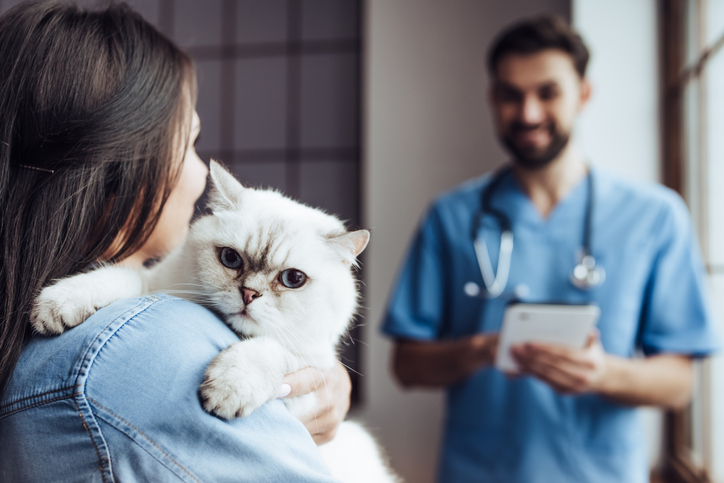
Cataracts
Cataracts form when the usually transparent lens of the eye becomes thick and opaque – giving the eye that recognisable white, cloudy appearance.
Usually cataracts develop as a result of eye trauma, viral infection, or other infections. Breeds such as Siamese and Persian cats are more susceptible to this condition.
Older cats and those with diabetes are susceptible, too. Cataracts may progress slowly or rapidly, depending on what’s causing it.
Treatment may include something for the underlying cause, eye drops to prevent inflammation and surgery. This surgery is performed by a veterinary eye specialist.
It takes around one hour and involves the breaking down and removal of the cataract. The lens of the cat’s eye is then replaced with a new artificial one.
Cataracts should not be confused with normal changes to the lens in pets over 7 years of age. These changes cause the lens to appear white but does not impair the pet’s vision at all.
Routine examinations as part of your cat’s yearly health check are invaluable in monitoring for any developing eye problems.
Just as with having up-to-date pet insurance, this is an important part of responsible pet ownership.
Home care tips
As well as having pet insurance in place, there are many things you can do to keep your contented kitty’s eyes bright, shiny and healthy. You can:
-
Check their eyes frequently – Looking into your cat’s eyes on a regular basis is the best way to catch problems before they get worse. If you do notice issues like redness, cloudiness, changes in colour or shape, discharge or sensitivity to light, contact your vet as soon as possible.
-
Schedule regular vet examinations – Routine visits and vaccinations are an important part of feline healthcare. As well as maintaining your cat’s overall health, they give your vet valuable opportunities to detect any eye problems or other health issues at an early stage.
-
Clean their eyes gently – Cats are very capable groomers but sometimes their human carer needs to offer a helping hand. If you discover any discharge around the eye, you can gently clean it with a damp cotton ball. Wipe away the discharge, always from the corner of the eye, always working outwards. Take care not to touch the eye itself, or you could damage the cornea. Use a fresh cotton ball for each eye to prevent any infection being spread further. If your cat accepts being bathed, use that time to clean around the eyes.
-
See a vet if you’re not sure – If you notice a problem see your vet before trying any over-the-counter drops or washes. You don’t want to make matters worse and a vet might spot something more serious. Policyholders with Purely Pets have access to a 24-hour Vet Helpline if they have any concerns and need to speak to a veterinary professional.
-
Keep your cat inside – Probably not practical for most cats or their owners but there is always the option of keeping your cat indoors. Outdoor cats have a tendency to injure their eyes and can even catch a contagious disease that affects their sight.
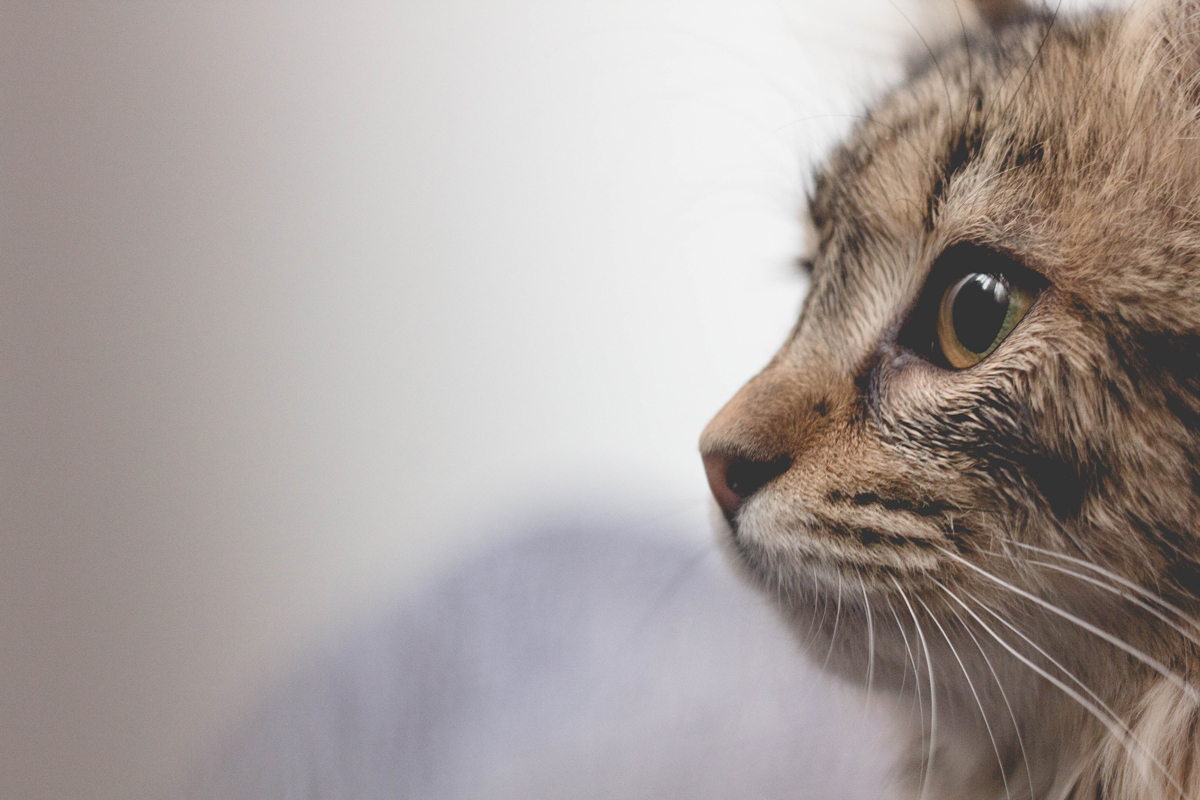
How our award-winning pet insurance can help
Taking care of your cat’s eyes is only one small part of pet ownership. Purely Pets pet insurance can help protect against unexpected costs such as vet bills.
After all, paying a regular premium is much easier than finding a large lump sum in an emergency. If your beloved friend develops a medical condition, the insurance could help cover the costs, which can be substantial.
The dedicated team of insurance specialists at Purely Pets are here to make this as simple and straightforward as can be. If you choose Purely Pets, you’ll benefit from:
-
24-Hour Vet Helpline, staffed by veterinary professionals
-
Online claims
-
15 levels of lifetime cover
-
Knowledgeable team ready to help
-
Lifetime cover up to £15,000
-
Online policy management portal
Get a quick quote from Purely Pets today.
Policy benefits, features and discounts offered may very between insurance schemes or cover selected and are subject to underwriting criteria. Information contained within this article is accurate at the time of publishing but may be subject to change.
Helpful Pages
Recent Posts
Pet Insurance Quote
- 98% claims paid *
- Claims paid directly to vets
- 24/7 vet video consultations
- Interest free monthly payments



